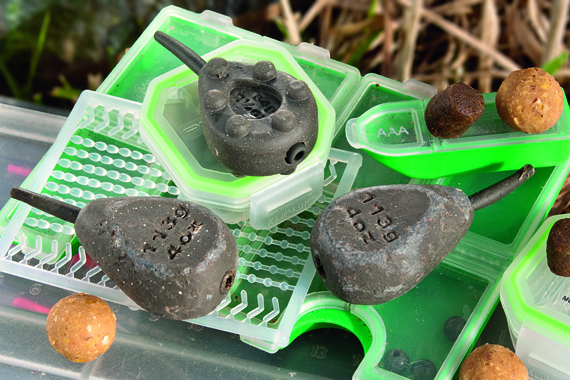Vibrio vulnificus is a bacterium found in salt water, and infections from it can lead to amputations and even death. No doubt this organism receives a lot of attention in the press when a someone becomes infected by it, making some ask whether it's even safe to touch salt water. The good news is that millions of people are exposed to this bacteria annually and do not become infected. The average number of confirmed cases on the Gulf coast each year, according to the Centers for Disease Control and Prevention, is 40, with 35 requiring hospitalization and 12 resulting in death. Small numbers in comparison to the total exposures but not much consolation to those that have been infected.
Theories relating to increased pollution in the bays as causes for the infections have been circulated but don't hold water. The organism is not related to pollution. It is naturally occurring and particularly plentiful in the warm summertime waters along the entire Gulf coast. Test a sample of salt water for V. vulnificus and you will likely find it present. The bacteria is more concentrated in places that receive little tidal flow, such as shallow ponds and lakes connected to a bay. The bacteria also likes brackish water, where salt and fresh water mix. What it doesn't survive in well is salty water such as that in the Gulf, or bay areas that receive good tidal flow. That's not to say it will not be found in these areas, it just won't be as concentrated.
V. vulnificus not only enters the body through cuts or punctures from infected surfaces, raw or inadequately cooked seafood that it is present on can also cause a problem. Even healthy people can suffer from gastroenteritis if they eat seafood contaminated with this organism. For those with liver disease, it is fatal 50% of the time.
People in high risk groups, including the elderly, those with impaired liver function, diabetes, or who use immunosuppressive drugs or steroids, or who are on chemo, are particularly susceptible to infection from v. vulnificus. Since alcohol impairs the liver's ability to fight infection, that too should be considered a risk factor, particularly if consumed while on the water.
The suggested approach to prevent an infection is to generously clean any wound (A wound includes a rash or blister, say from waders or shoes.) with hydrogen peroxide and/or apply an anti-bacterial ointment, such as a triple antibiotic cream. It's a very good idea to have these two items available while on the water so there is no delay in treatment.
Once in the body and an infection takes hold, the organism spreads very rapidly and can double in numbers in a matter of every 20 to 30 minutes. Doctors advise seeking immediate medical attention if symptoms of a spreading infection such as expanding redness, fever and pain occur. If you develop these symptoms that means not waiting until morning to see if it gets better. That could be too late or at least make the cure much more prolonged and painful. The season for V. vulnificus infections begins in earnest when bay waters start to warm. On the Gulf coast, this begins in March and will usually peak by mid-October. Anyone growing up on the Gulf coast probably remembers being told that saltwater was good for healing open wounds. Football practice always meant bloody knees and elbows so it was a good reason to go swimming or wadefishing at every opportunity. I don't know if it made any difference as far as healing went, but I sure wouldn't try it anymore.
For more information on V. vulnificus, or other members in its nasty little family, including cholera, visit the Center for Disease Control at http://www.cdc.gov

Effective Drills to Use for Training Softball Clubs

Brilliant boilie rig for barbel

Copyright © www.mycheapnfljerseys.com Outdoor sports All Rights Reserved